Mon 22 Dec 2014 in Policy & Regulation by Philip Woodcock*
Constructing and servicing offshore windfarms is an inherently dangerous occupation. By using the correct equipment,
effective work planning, operational procedures and competent personnel, the risks are mitigated. Practices that were
acceptable during the construction of early windfarms such as Horns Rev, North Hoyle or Alpha Ventus may not be
acceptable today even if the risks appeared acceptable at that time. As the industry evolves from Round 2 to Round 3 in
the UK and to sites further offshore, more personnel are being sent into harm’s way. As the number of people off shore
increases, so does the risk of an incident occurring through a combination of higher exposure and a dilution of
experience. Higher exposure will result in incidents occurring even if the safety culture improves, although their
frequency per working hour should hopefully reduce.
Serious accidents that are considered reportable to the authorities and will be investigated by the flag state of the vessel or
the coastal state for the project have implications for the schedule of any project. An effective and transparent incident
investigation policy is essential.
A well known statistic is that 80 per cent of all accidents are caused by human error. The remaining 20 per cent have
‘human involvement’, which seems to show that humans are a fault in all cases in one form or another. If they are at fault,
then surely there must be someone to blame in all these cases? This is convenient, as it provides a focus for frustrations,
allows an easy solution by making an example and sacking someone and demonstrates to senior management that prompt
and serious action has been taken. This is the ‘heads must roll’ response. The problem is that it impedes effective accident
investigation, stopping the process before the root cause is determined, creating a hostile environment where those
involved do not willingly share information.
Does human error mean the same thing as incompetence? The short answer to this is no, not in all cases. Only by a
thorough investigation can one determine why the human error occurred and whether the action was done with good
intentions or bad. Only when the investigator starts to peel back the layers of the onion that is an incident will one find
the true root cause and the contributory factors. Even in some cases, one will find that someone knowingly did something
wrong and was fully aware that they were doing so but did so because they thought it was the best way to achieve the
desired objective. Only after the root cause has been determined can corrective actions be agreed. The process, however,
needs to be completed in a just fashion where reaching the root cause and determining what can be done to prevent future
occurrences is the primary objective.
The IMO provides clear guidance on the purpose of marine casualty investigation in section 1.1. of the Code of the
International Standards and Recommended Practices for a Safety Investigation into a Marine Casualty or Marine
Incident (Casualty Investigation Code). The objective of the code is to provide a common approach for states to adopt in
the conduct of investigations into casualties and incidents. Marine safety investigations do not seek to apportion blame or
determine liability. Instead, a marine safety investigation, as defined in the code, is an investigation conducted with the
objective of preventing marine casualties and marine incidents in the future. In the UK, this is brought into law in
regulation 5 of SI 1743 The Merchant Shipping (Accident Reporting and Investigation) Regulations 2012 and MGN 458
and is reiterated at the beginning of every investigation report issued by the Marine Accident Investigation Branch (MAIB). The MAIB actually goes further to state the findings contained within the report are inadmissible in any proceeding to attribute blame or liability.
In the offshore wind industry, the guidelines are less clear, with the G9 Group of the nine largest developers not having a
policy statement on the spirit of investigation and, it seems, no intention of providing one in the near future. The
International Marine Contractors Association provides clear guidance on the investigation and reporting of incidents in
document SEL 016. This document finds its roots in the real world, and although it states that the objective is to
determine “true root cause”, it does not state that it is not to apportion blame. It even provides guidance on the
involvement of legal counsel in investigations. The National Workboat Association, which represents a lot of the
operators of small vessels in the offshore renewables sector, does not provide guidance but is considering the situation
following the discussion of the topic at its last safety forum meeting.
Those involved in the offshore wind industry know that what we do is not free of risk and accept that incidents will occur.
We mitigate risks by constantly improving equipment, policies and procedures, and competence. However, as more
people go further offshore, exposure increases and greater improvement is needed. An open and honest approach to
incident investigation that promotes clear reporting and root cause analysis will enable this continuous improvement to
occur. Trust and openness will bring about transparency and a step change in safety, from crew through to the windfarm
operator. OWJ
*Philip Woodcock is operations manager/QHSE/marine manager at Workships Contractors in The Netherlands



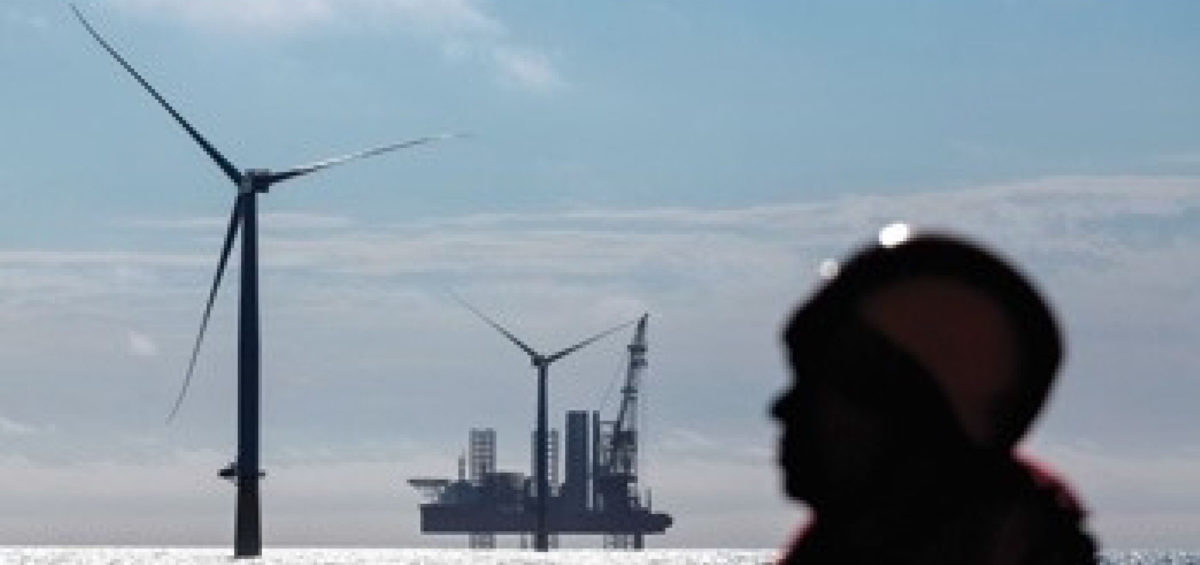
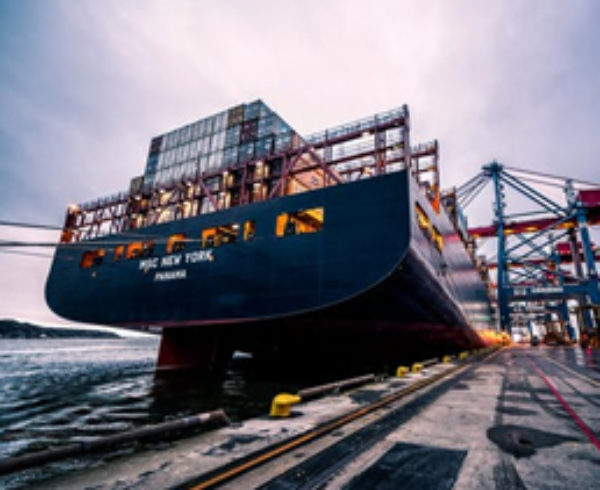
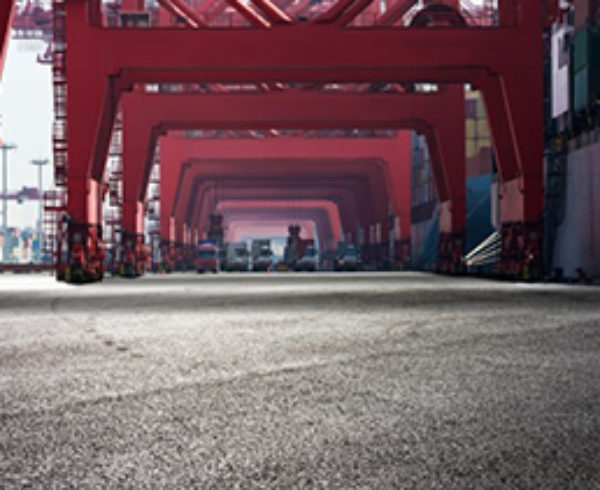
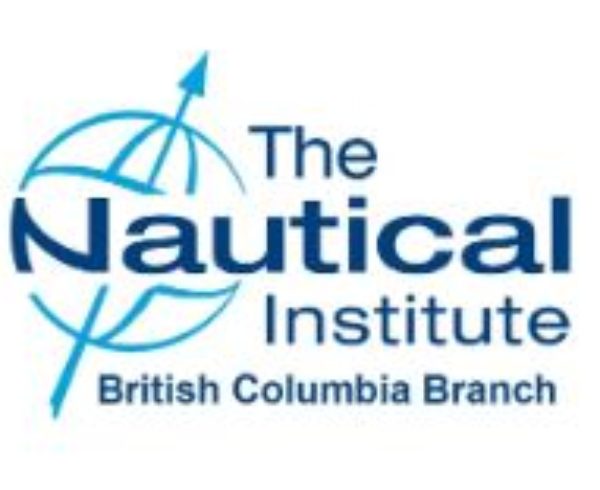
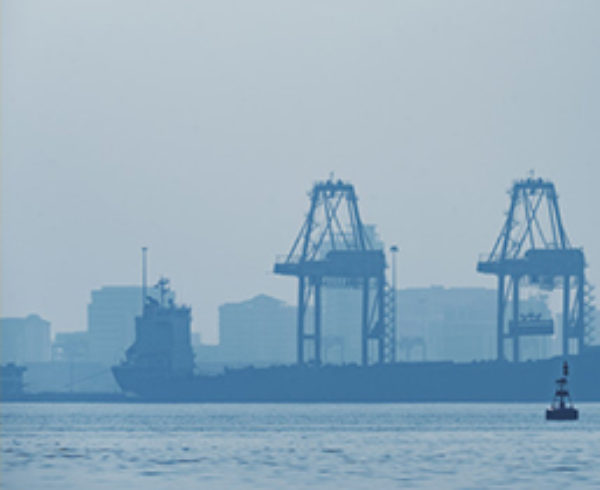

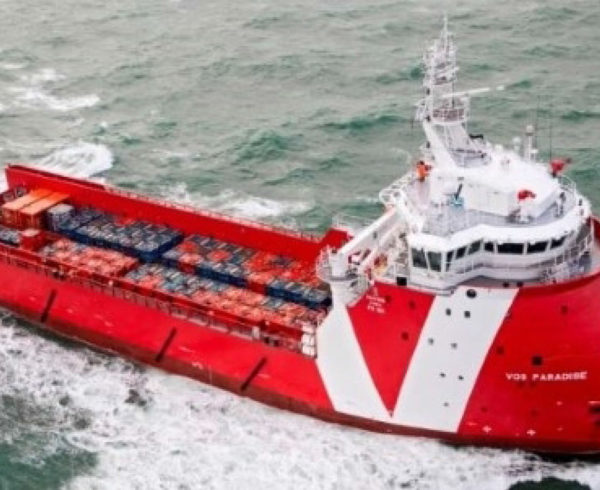
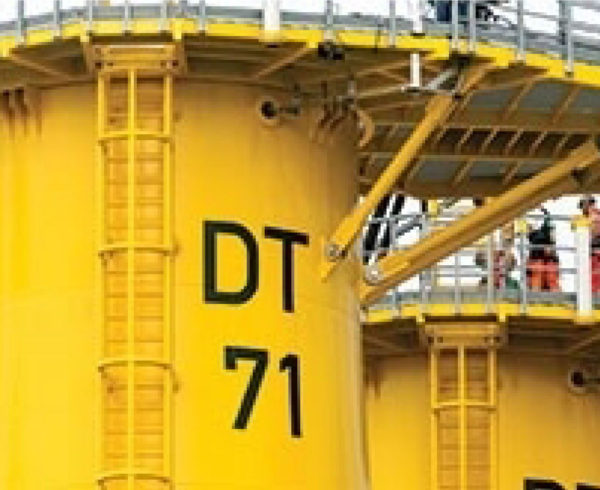
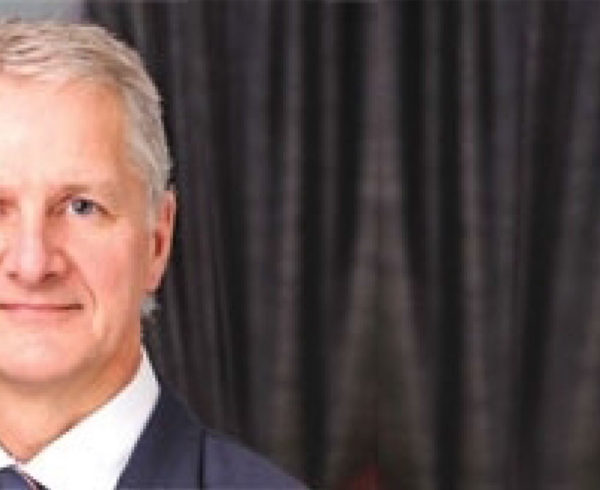

Leave a Comment